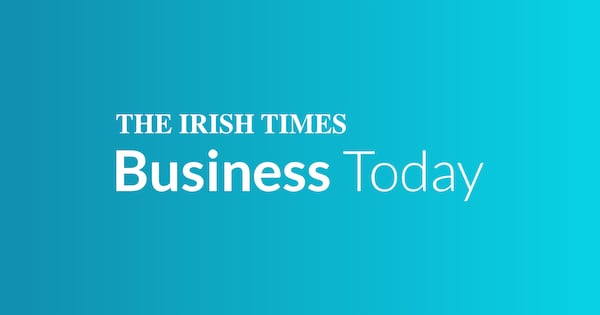The European Central Bank (ECB) is set to leave interest rates untouched for the first time in more than a year as it awaits clarity on what President Donald Trump’s tariffs will do to inflation.
The deposit rate will be kept at 2 per cent on Thursday, according to all but two economists surveyed by Bloomberg. Most still expect another quarter-point reduction in September, by which point a trade deal with the US should have been hashed out and fresh projections for the 20-nation euro zone will be available.
While there’s a broad agreement among ECB officials to halt their yearlong monetary-easing campaign this month, they’re less united over how to proceed after the summer. Some are open to further moves, concerned inflation could get stuck below the 2 per cent goal it only recently hit. Others warn higher public spending could stoke prices down the line.
There may be reasons to cut already in July “but it doesn’t feel like there’s appetite to rock the boat right now,” said Ruben Segura-Cayuela, head of Europe economics research at Bank of America. “You could use the next forecasting round in September to look at everything again.”
[ EU moves towards accepting 15% tariff as price of dealOpens in new window ]
President Christine Lagarde is likely to keep all options on the table when she speaks to reporters after the rate announcement.
The ECB slashed borrowing costs by 200 basis points between June 2024 and June 2025, putting the deposit rate in the middle of a range it estimates neither restricts nor stimulates the economy. After last month’s cut, Lagarde said the ECB is “in a good position” to navigate challenges ranging from trade policy to wars.
While many officials have echoed such sentiments, France’s Francois Villeroy de Galhau and Italy’s Fabio Panetta have suggested more easing could become necessary. Indeed, June’s forecasts already assume another cut. Pushing back against that idea, however, Executive Board member Isabel Schnabel reckons the bar for more is “very high.”
Paul Hollingsworth, chief European economist at BNP Paribas, sees differing approaches amid the elevated uncertainty.
“Some want the ECB to be relatively unreactive, preferring to err on the side of caution,” he said. “Others argue for a more nimble and agile response.”
Uncertainty has increased with Trump’s threat to impose 30 per cent tariffs on the European Union from August 1. While negotiations continue, the risk of a less benign outcome than envisaged in June’s projections has risen. Even the ECB’s severe scenario for trade only included a 20 per cent tariff rate on all European goods.
The worse the final result, the harder Europe’s economy will be hit and the more inflation may be dragged down. ECB vice-president Luis de Guindos has warned output could stagnate in the second and third quarters.
The strength of the euro will also face scrutiny. Despite levelling off recently, this year’s 13 per cent rally against the dollar has worried some policymakers by making exports pricier and pushing down the cost of imports.
Guindos told Bloomberg TV in July that any appreciation beyond $1.20 would make things “much more complicated.” Latvia’s Martins Kazaks said separately that a further significant advance could “tilt the balance” toward another rate cut.
Not everyone feels that way: Schnabel considers such fears “exaggerated.” Some also argue that it’s hard to moan about a strong euro while simultaneously calling for a greater role for it on the global stage.
While significant changes to the ECB’s policy statement and Lagarde’s communication are unlikely, investors may pay particular attention to how officials describe their decision to keep rates on hold. Using the word “pause,” for instance, could fuel expectations that cuts aren’t over.
For Morgan Stanley’s chief Europe economist Jens Eisenschmidt, the assessment of dangers facing the economy will also be crucial. If risks are still seen to the downside, as he anticipates, “this will be an important communication device to signal a cut in September,” he said in a note to clients.
Risks to the growth outlook are now “more balanced,” Schnabel argued recently. – Bloomberg














